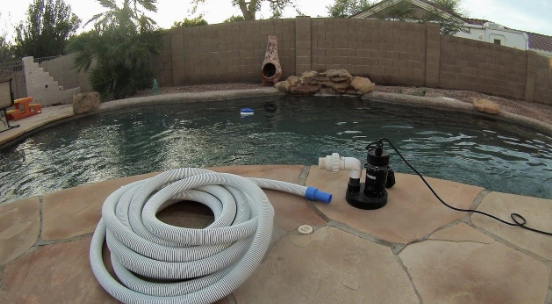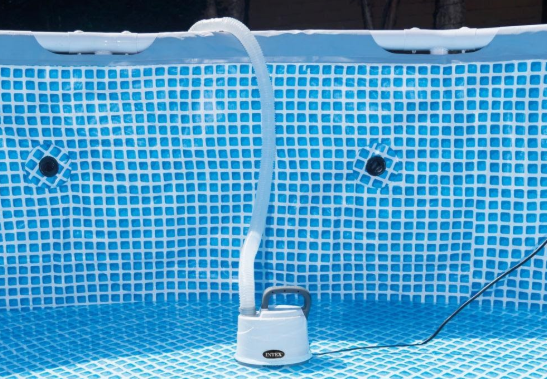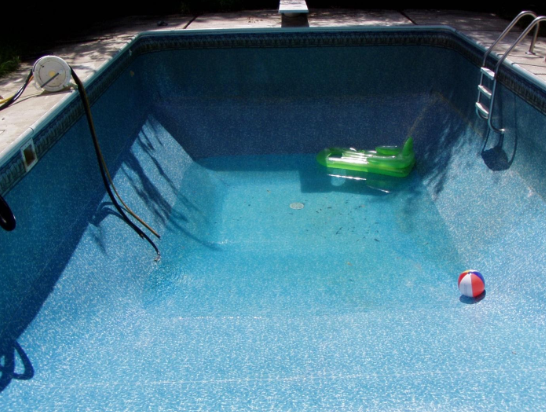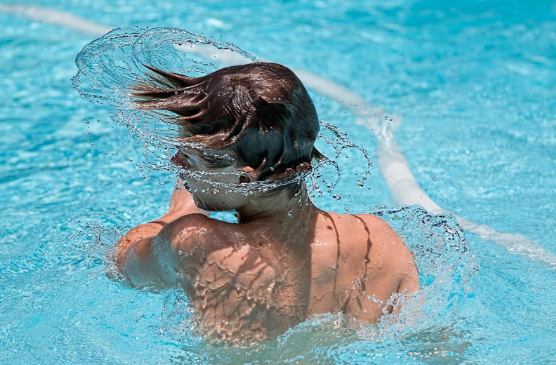If you are the owner of a pool, regardless of whether it is small or big, you definitely know the importance of keeping it clean of debris when you are not using it. this fact is particularly true if you live in a humid area, or want to keep the pool clean during the rainy or winter times. You will require a reliable method to remove extra water in order to prevent damage to your pool cover.
However, choosing a good pump for pool cover is not always the easiest decision, since it will really depend on the size of the pool and the climate you reside in. you will also need to think about whether you want a pump that requires a bit of maintenance work on your end, or whether you want one that allows you to just sit down and forget about it for some days.
Why is a pool cover pump important?
Swimming pool covers serve to keep debris and rain from entering an outdoor pool, especially during the times it is not in use. They also serve to prevent evaporation, and help to maintain the temperature of the water.
As water continues to accumulate, it becomes heavier, and will start to gather in the cover’s center. The longer you leave this water accumulating, the faster you will need to eventually replace the cover itself.
Despite their good functionality, it is a challenge to remove them when they are full of rainwater, which is where the pump comes in – it removes water from the cover effectively and quickly. Even though these pumps are quite expensive, they are actually cheaper in the long term than hiring a professional swimming pool company to come and remove the water.
There is another benefit of having your own pool cover pump; you can use it to remove the water from the cover more than once a year. In this way, you do not risk damaging the poolcover due to accumulated water.
What do pool cover pumps do?
As we mentioned earlier, these are great in preventing small debris and rainwater from getting into your pool, and they will direct it elsewhere like to your lawn. The other benefit is that it will prevent your pool from overflowing with melted snow (in case of winter) and rain, which can seep in – but you will need to monitor the cover itself because it is not airtight.
There is something to remember about snow though. Pool cover pumps will only remove water – but that does not mean you neglect the presence of snow on the cover. If you neglect it in the assumption that is will melt, it will instead turn to ice, which presents an even bigger issue. Instead, remove the snow by using a snow removal tool that has a foam head (ensure it is non-abrasive).
Types of pumps
Manual
With manual pumps, you will not need to stand for long hours and use a hose for the pool cover, removing the water yourself by pumping a lever down and up. While this sounds like a great workout idea, it is unnecessary to do so in this case.
Instead, this pump will require you to monitor the cover itself, then manually turn on the pump when you see water starting to accumulate. If you forget to check on the cover for some days, that is bad news for you. The advantage with the manual pumps is that they are the more affordable option.
Automatic
These are the more expensive option, but will eliminate the work of checking the pool cover and the manual switching on and off of the pump itself. For instance, after rain, the pump will switch on automatically and remove the water.
This type of pump will work well for you if you have young children and pets around, as they will prevent unnecessary puddles. The problem though is that you will need to install a regular garden hose in order to work properly.
Selecting the best pool cover pump
If you are unsure of what to look for when you are buying a pool cover pump, here are some useful criteria to use.
The design
The designs of these pumps will vary widely, but the good news is that many of them are portable. You might not want to restrict the use of this pump to only one section of the pool, so this will make it easy to move around with them.
Keep in mind though that you might require to remove water from certain places like ponds and flooded basements. Therefore, it is important that this unit will come in handy, and make it easy for you to move around with them.
Gallons per Hour (GPH)
This is the rating that pool cover pumps will get based on the number of gallons they can pump every hour. It is also known as maximum flow rate, and is a very important criterion to look at.
It is best to look for pumps that have a minimum GPH of 1500, which will ensure they can pump out the water as much as possible within a short time.
Strainer
It is important to prolong the lifespan of the pump itself, and you can do this by keeping debris and leaves out. When looking for one, it is best to go for the pumps with strainers that are detachable, and it should have a plastic base (to ensure durability). This will ensure clogging problems are less likely to happen.
The good thing about strainers is that they are easy to remove, and it will help keep the pump clean. This is a small price to pay, comparing it to a pump that is choking on debris and fails to work properly.
Climate
If you live in a warm climate, you will not need an expensive and large water pump, but you will need one if the climate is rainy. If you live in a climate that has snow and ice in large amounts, you will require a heavy-duty pump that can withstand these conditions.
Final thoughts
Purchasing the best pool cover pumps can be a tricky affair, but you will need to know the features that will work for you.













